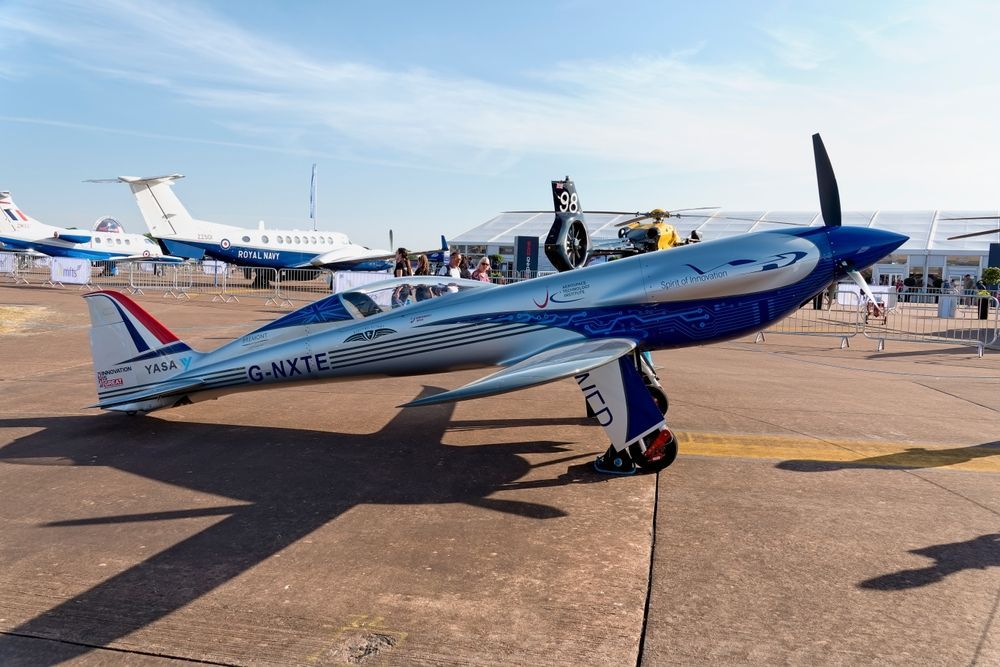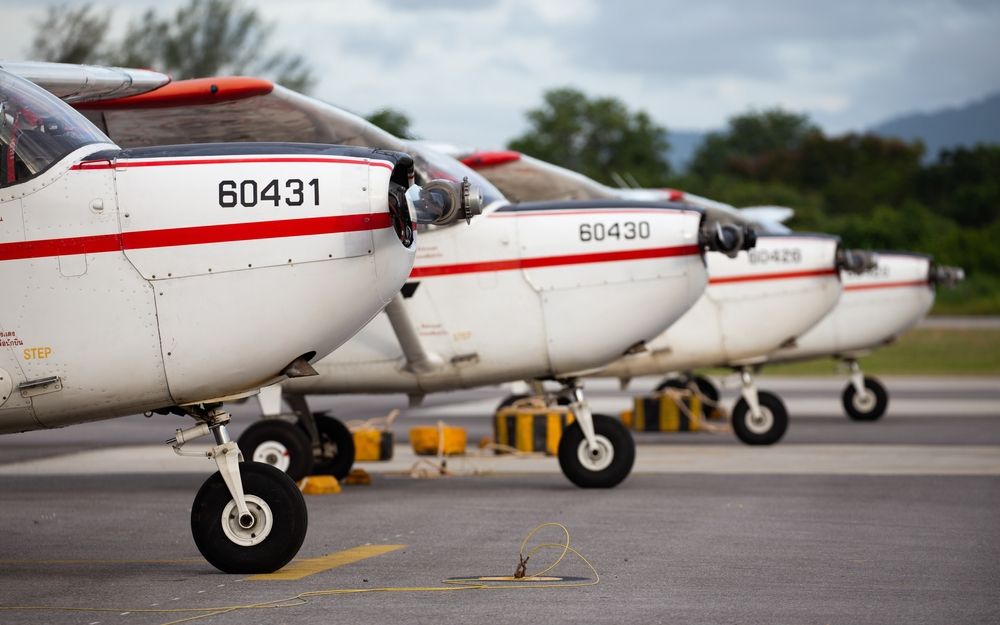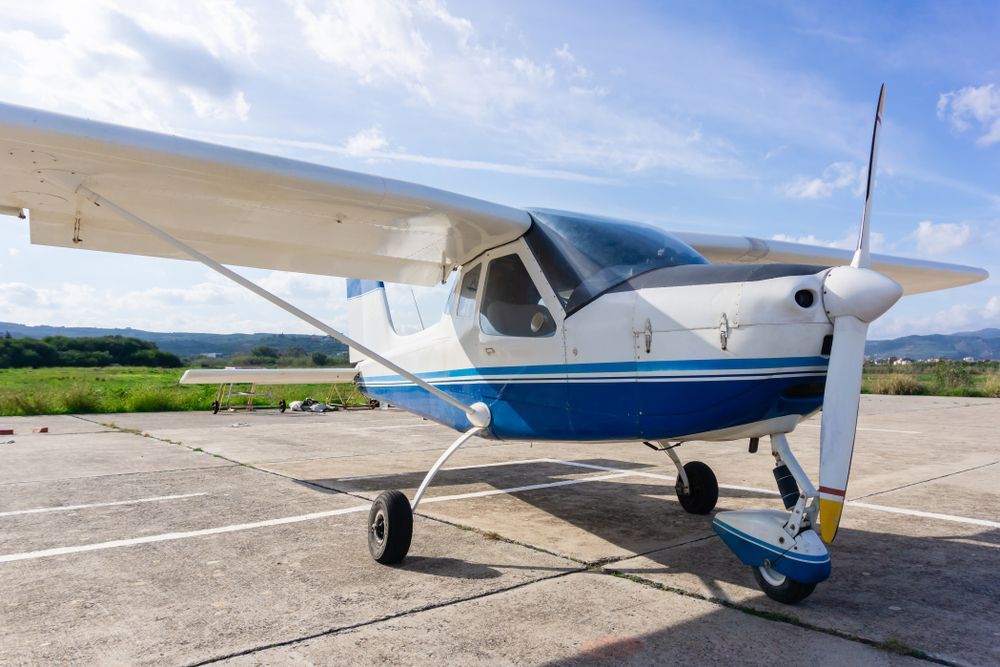How to Fly Safely During COVID
Share this Article:
After nearly a year of the COVID-19 pandemic, wanderlust has grown increasingly strong, even among those who typically stay in their local area. When state and national borders were closed, many found themselves dreaming of—and even planning for—their next adventure abroad. However, now that federal regulations are opening additional flights to more destinations, many travelers are asking if it is safe to go. In the content below, we will look to current health and safety guidelines concerning the safety of air travel.
Air Travel During COVID-19: General Safety Precautions
Unless there are only a select few individuals onboard, it is nearly impossible to always remain six feet apart from other flight attendants and passengers while inside a plane. However, to best safeguard your health, the CDC reports that you must wear a mask throughout the duration of your traveling, from stepping foot into the airport until after you collect your belongings at baggage claim.
As an added safety precaution, some airlines may require taking your temperature before boarding. Furthermore, if you or your travel companions feel unwell, it is in everyone’s interest that you postpone your travel plans until everyone’s health is fully restored.
Additionally, refrain from touching your eyes, nose, and mouth, and whenever possible, wash your hands or use hand sanitizer. It is also important to note that due to your increased exposure to contaminated surfaces and larger crowds of people throughout the duration of your air travel, you may elevate your risk of getting COVID-19.
Travel Restrictions
Because certain states and cities have reported a higher volume of confirmed COVID-19 cases, there may be some travel restrictions put in place. As a result, if you live in a city with more cases (or are travelling to a city with a higher volume) yet are still allowed to travel outside your state , you will have to quarantine upon arrival to ensure you do not carry any symptoms of the virus. Additionally, upon returning home, you may also have to quarantine to ensure you were not exposed to the Coronavirus, helping reduce the risk of passing anything along to your friends, family, or community.
Safety Measures Taken for Airports
Airports around the world are easy targets for viruses to spread and impact thousands of travelers. With high-traffic areas and surfaces such as baggage claim carousels, handrails, bathroom stalls, seats, and stores, airports must work efficiently to protect the health of pilots, flight attendants, passengers, custodians, and other airport employees.
As a result of the heightened demands for sanitation, the International Civil Aviation Organization (ICAO) developed updated procedures for airports to follow that help prevent the spread of COVID-19 amidst air travel. The module series covers airport elements including:
- Terminal buildings
- General check-in areas and security checkpoints
- Terminal airside areas
- Terminal gate equipment
- Disembarking and arrival procedures
- Baggage claim
- Exiting the landside area
Safety Measures Taken for the Plane’s Interior
Like every other industry, air travel significantly enhanced their cleaning regime to kill any harmful bacteria that could spread on surfaces. Instead of completing a traditional aircraft maintenance checklist , the ICAO also released a series of aircraft modules that contain specific guidelines concerning:
- Boarding processes
- Seat assignments
- Baggage
- Onboard interaction
- Food and beverage service
- Lavatory access
- Crew Protection
- Management of sick passengers or crew members
- Cleaning and disinfection of the flight deck, cabin, and cargo compartment
Safety Measures Taken for the Crew
Every staff and crew member are important to the success of the aviation industry. As a result, it is paramount that their health and safety also be protected. Therefore, the ICAO also released a series of crew modules that contain specific guidelines concerning:
- General staff
- Flight crew
- Cabin crew
- Layover crew
Aircraft Maintenance at J.A. Air
We understand the importance of keeping the health and safety of air crew and passengers as top priority. That’s why at J.A. Air , we strive to be your aircraft maintenance experts!
After giving your plane a thorough inspection, did you find any issues that need attention? Are there parts of your aircraft maintenance checklist that you may have glossed over? Bring your aircraft to us and we will perform an in-depth inspection and repair and issues that have been found by you or us. We have a variety of parts on hand and our shop allows your aircraft to be serviced with limited downtime.
Our team is knowledgeable, licensed, and factory trained. Contact us today for any of your maintenance needs, questions, or if you are looking to have a new avionics system installed. We are excited to work with you and get your plane ready to fly the skies in no time!




